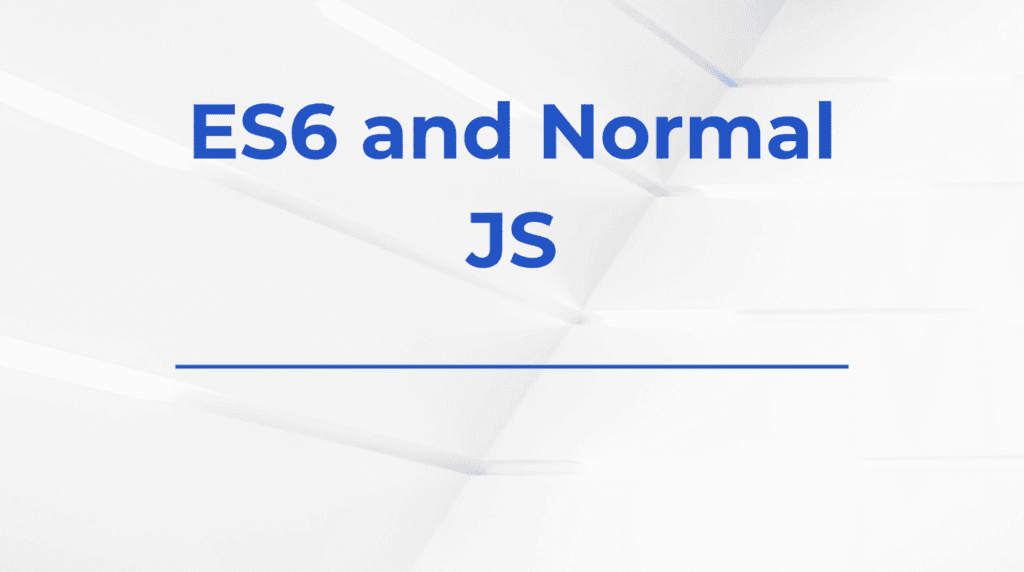Writing efficient and maintainable React code often demands a blend of creativity, consistency, and best practices. While human developers excel at architectural decisions, leveraging AI tools can significantly accelerate the coding process, reduce repetitive tasks, and offer smarter suggestions. The core problem arises when choosing the most effective AI that integrates smoothly into your development environment, understands your React codebase, and helps you stay productive without becoming a distraction.
Code Completion Quality
One of the first signs of a good AI assistant is how well it handles inline code completion. In React, this becomes even more important with JSX structures, hooks like useEffect, and component composition patterns.
| Tool | Strength in React Completion |
|---|---|
| GitHub Copilot | Strong JSX support, auto-completes hooks |
| Codeium | Fast suggestions, works well with props |
| Tabnine | Works offline, but suggestions less contextual |
| Amazon CodeWhisperer | Generalized suggestions, limited React awareness |
GitHub Copilot tends to outperform others in handling nested React patterns, such as composing context providers or writing useReducer logic. It understands idiomatic patterns like destructuring props or managing local state and often fills in boilerplate without being overly verbose.
Framework Awareness
Writing React code isn’t just about syntax—it’s about understanding idioms, best practices, and architectural boundaries. Some AI tools can recognize patterns across files, making them better at suggesting reusable components, form handling logic, or reducer-based state updates.
GitHub Copilot X, which integrates tightly with VS Code and supports chat-based interaction, is particularly good at walking through component trees, explaining what a component does, or suggesting custom hook patterns. It doesn’t just suggest useEffect but understands when dependency arrays are misused, avoiding issues like infinite loops.
Tabnine, while functional, lacks deeper React awareness. It’s fast and lightweight but doesn’t offer architectural advice or deep contextual predictions, which can become a drawback in large projects.
Debugging and Explanation
Debugging JSX or async hooks logic with AI can change how developers resolve issues. When encountering stale closures, improper cleanup in effects, or deeply nested context issues, AI tools that explain rather than just autocomplete can add real value.
Copilot Chat is able to read multiple files, trace function flows, and provide fixes for complex hooks logic like context-driven state patterns or reducer-based state composition. Instead of throwing generic snippets, it crafts suggestions with real context and readable explanations.
Amazon CodeWhisperer can suggest fixes, but it often lacks precision. Its output leans toward general JavaScript rather than React-specific patterns, and it can fall short on component-based state handling.
Multi-File Understanding
When refactoring large apps, especially ones built with component-based tables or shared layout structures, AI that only works within the current file is insufficient. Context over multiple files matters—for example, when understanding where a prop is defined, passed down, and finally used.
GitHub Copilot with workspace indexing does well in this area. It navigates multiple files, handles imports gracefully, and helps in transforming prop drilling into useContext or custom hooks. It can even rewrite components to support memoization, ref forwarding, or lazy loading.
| Feature | GitHub Copilot | Codeium | Tabnine | CodeWhisperer |
|---|---|---|---|---|
| JSX Understanding | ✅ | ✅ | ⚠️ | ⚠️ |
| Custom Hook Patterns | ✅ | ⚠️ | ⚠️ | ❌ |
| Multi-File Awareness | ✅ | ❌ | ❌ | ❌ |
| Explains Buggy Code | ✅ | ❌ | ❌ | ⚠️ |
| React-Specific Support | ✅ | ✅ | ⚠️ | ❌ |
Ecosystem Integration
AI tools that integrate with other tools like ESLint, Prettier, or testing libraries add extra value. Especially in React, where form state, API logic, and UI patterns often intersect, having AI that aligns with project tooling is crucial.
GitHub Copilot Chat can respect ESLint rules, follow formatting conventions, and even suggest test cases using libraries like React Testing Library and Vitest. This reduces cognitive load, especially during refactoring or when writing new features.
Other tools like Codeium and Tabnine offer code suggestions but lack test scaffolding, inline documentation generation, or lint-aware code formatting. They work well for completion, but their broader utility is limited.
Learning from Patterns
Another factor that separates tools is their ability to learn from the user’s habits. In React, this could mean knowing that components in a specific project are styled with Tailwind, or that state is consistently managed with reducers rather than useState.
GitHub Copilot gradually adjusts to these patterns. It starts suggesting patterns that resemble what you’ve written before. For instance, if all form components use controlled inputs with a validation library, its suggestions begin to mirror that. This adaptive learning feels more aligned with human habits than generic AI code completion.
Conclusion
Among current AI tools for React development, GitHub Copilot offers the deepest understanding of JSX, hooks, patterns, and developer habits. It handles complex logic across files, explains behavior, and integrates well with tools already used in most React projects. While tools like Codeium and Tabnine can be useful for quick completions, they lack the contextual depth required for larger applications. AI in React isn’t just about faster typing—it’s about smarter coding, safer decisions, and fewer distractions. The best AI is the one that fits seamlessly into your process and helps elevate your thinking—not just your syntax.









